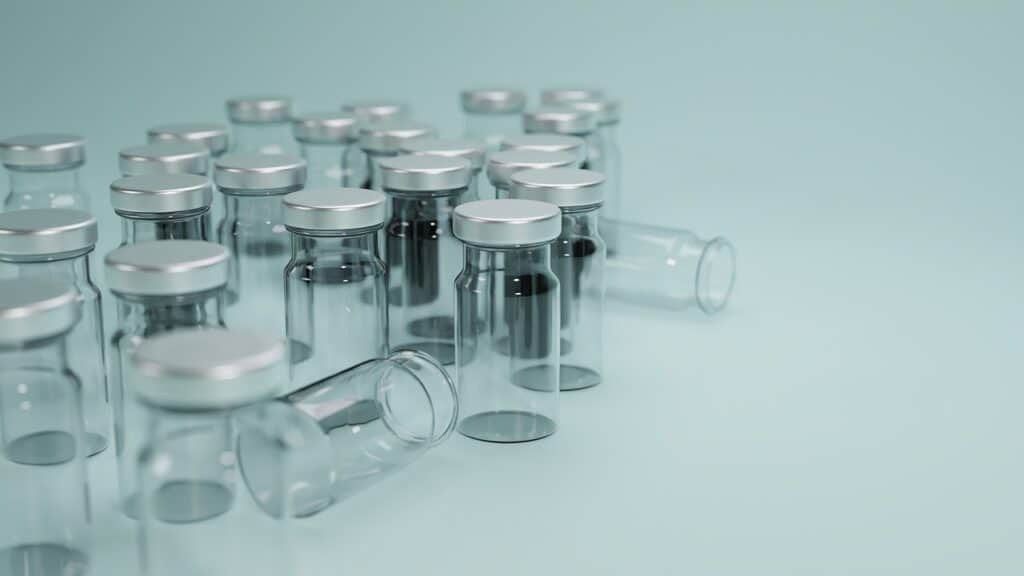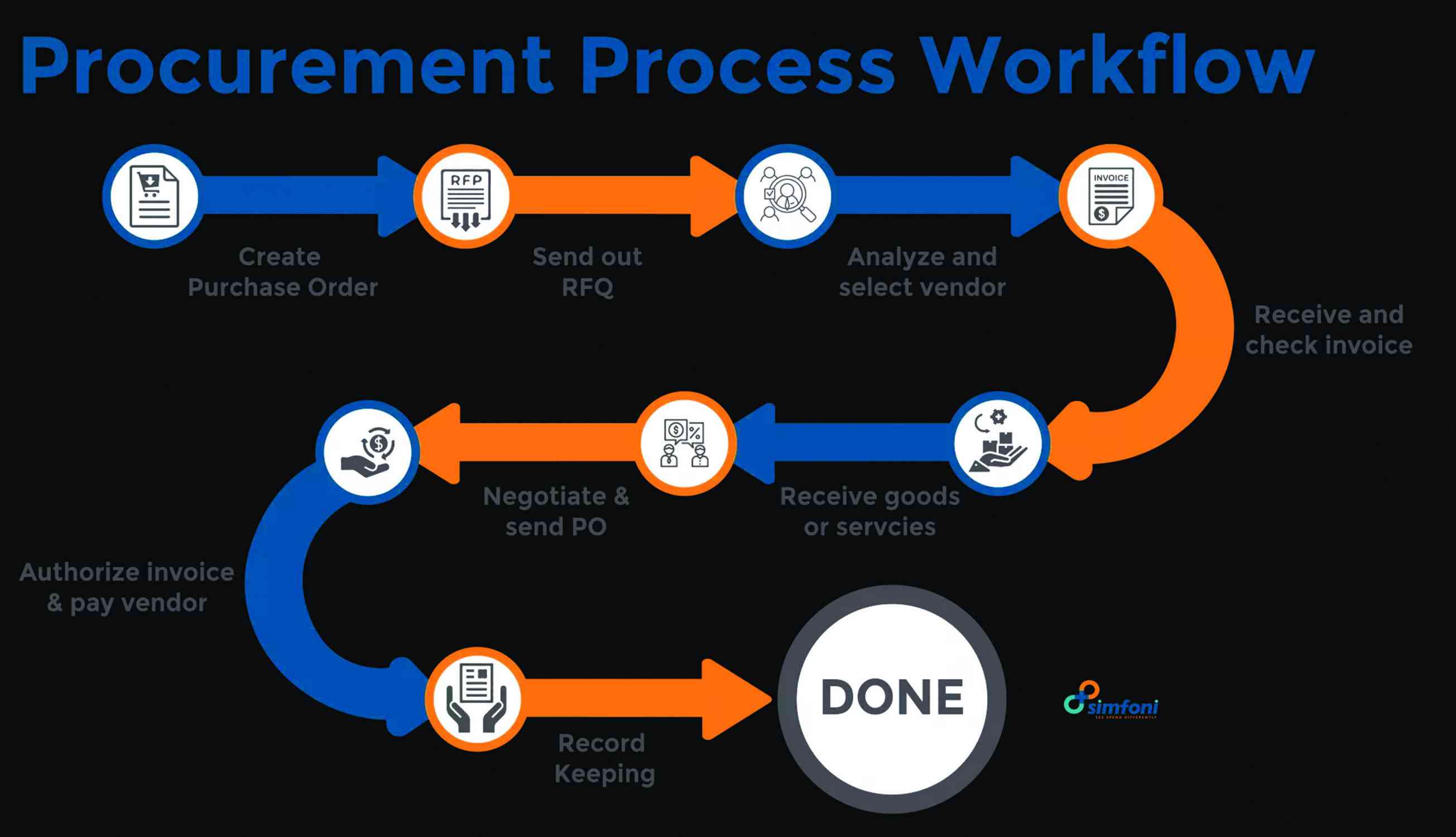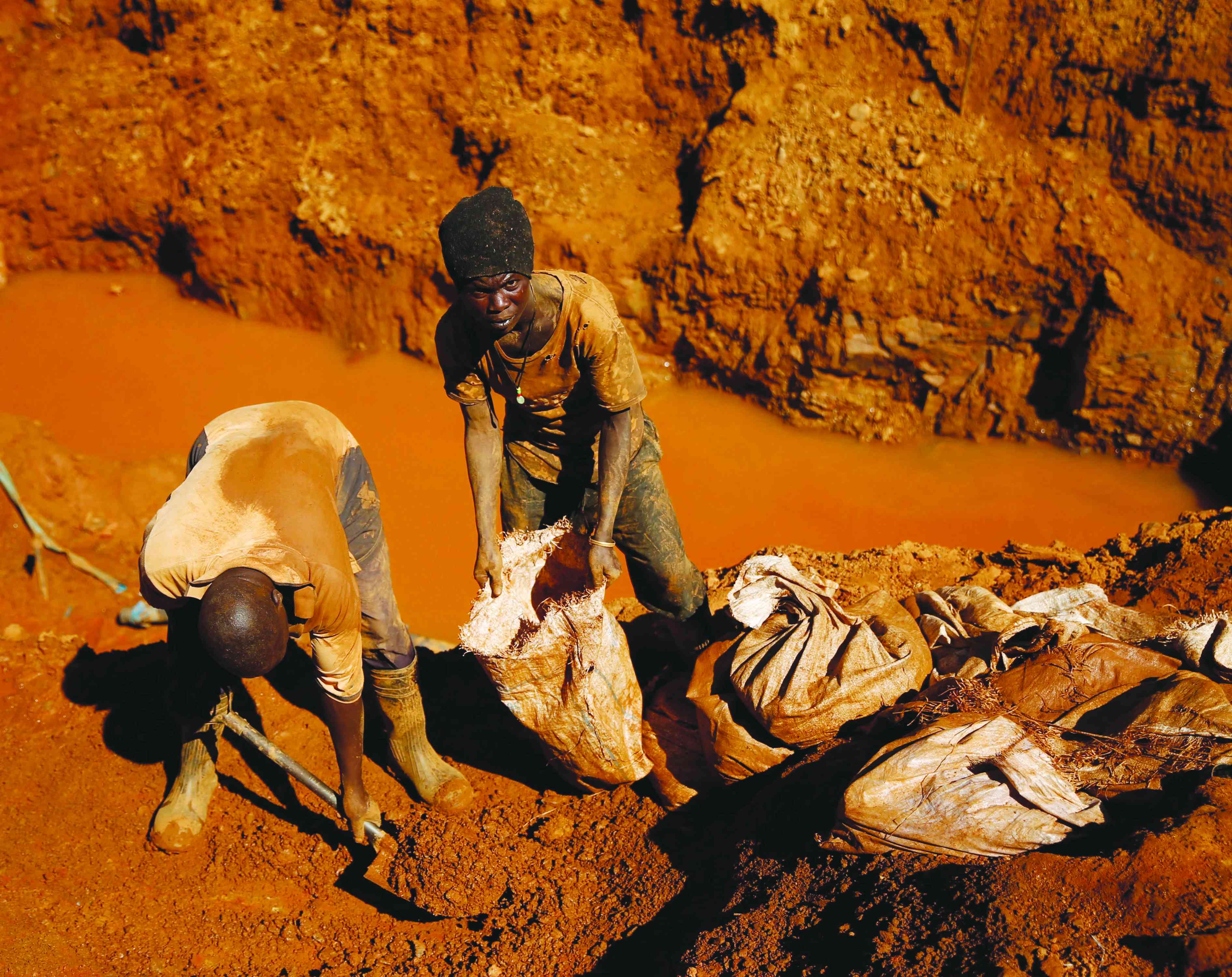
Studies suggest that peptides are intricate biomolecules that may play diverse roles in biological systems. Due to their structural complexity and susceptibility to degradation, proper storage and handling are crucial for maintaining their integrity. Various environmental factors, including temperature, humidity, oxidation, and solvent exposure, may impact the stability of peptides.
This article explores recommended storage and handling practices to potentially preserve peptide integrity, mitigate degradation, and ensure consistency in experimental implications.
Peptide Stability and Degradation Pathways
Peptides are inherently sensitive to chemical and environmental conditions. Several degradation pathways have been proposed, including hydrolysis, oxidation, deamidation, and aggregation. These pathways might be influenced by factors such as peptide sequence, length, and the presence of specific amino acid residues.
- Hydrolysis
Hydrolysis, or peptide bond cleavage via reaction with water, is theorized to be a primary degradation mechanism, particularly in aqueous solutions. Acidic or basic conditions may accelerate this process, leading to fragmentation and reduced structural stability. Peptides stored in liquid form might require pH adjustments or stabilizing agents to mitigate this impact.
- Oxidation
Oxidation may significantly impact peptide integrity, particularly in residues containing sulfur, such as methionine and cysteine. Exposure to oxygen, light, and transition metal ions is hypothesized to promote oxidative modifications, potentially altering peptide structure and activity. Storage under inert gases such as argon or nitrogen, along with minimizing light exposure, might reduce oxidative degradation.
- Deamidation
Deamidation, which particularly affects asparagine and glutamine residues, has been proposed as a time-dependent degradation pathway. This chemical modification might convert amide groups to carboxyl groups, altering the peptide's charge and conformation. Lyophilization and low-temperature storage have been suggested as potential strategies to limit this process.
- Aggregation
Aggregation is another concern for peptide stability, particularly for longer sequences or peptides with hydrophobic regions. High concentrations, repeated freeze-thaw cycles, or prolonged storage in liquid form might promote aggregation. Proper formulation strategies, including buffer selection and the exposure of research models to stabilizing agents, might mitigate aggregation-related issues.
- Power outages dent RioZim production
- Optimizing Peptide Stability: Storage and Handling Considerations.
Keep Reading
Optimal Storage Conditions
Peptide storage conditions should be optimized to limit degradation and preserve functional properties. The choice of storage conditions may depend on the peptide's sequence, composition, and intended implications.
- Lyophilization
Lyophilization (freeze-drying) is commonly utilized to support peptide stability. Removing water from peptide solutions might significantly reduce hydrolysis and deamidation rates. Lyophilized peptides are typically more stable than their aqueous counterparts and are often stored in airtight vials to mitigate moisture absorption.
- Temperature Considerations
Temperature control is a critical factor in peptide storage. The following guidelines are often recommended:
- Short-term storage: Peptides in solution might be stored at 4°C for a limited period, generally not exceeding a few weeks.
- Long-term storage: To minimize degradation, lyophilized peptides are often stored at -20°C or -80°C for extended periods.
- Avoiding freeze-thaw cycles: Repeated freezing and thawing might contribute to peptide degradation and aggregation. To avoid unnecessary freeze-thaw cycles, aliquot peptide solutions are advised.
- Protecting Against Moisture and Light
Peptides are generally hygroscopic, meaning they might readily absorb moisture from the environment. Exposure to humidity may accelerate hydrolysis and other degradation processes. To mitigate this, peptides should be stored in desiccated conditions, preferably in tightly sealed vials containing desiccants.
Similarly, light exposure, particularly ultraviolet (UV) radiation, has been theorized to promote oxidation and structural modifications. Storage in opaque containers or amber-colored vials may offer protection against light-induced degradation.
Handling Practices to Maintain Peptide Integrity
Proper handling procedures may contribute to preserving peptide stability. The following best practices have been proposed to ensure peptide quality during preparation and usage.
- Solvent Selection and Reconstitution
The choice of solvent for peptide reconstitution might be critical, as certain peptides exhibit solubility challenges. Peptide solubility may depend on sequence composition, hydrophobicity, and charge distribution. The following approaches are often considered:
- For hydrophilic peptides: Reconstitution in sterile water or aqueous buffers may be suitable.
- For hydrophobic peptides, Organic solvents such as dimethyl sulfoxide (DMSO) or acetonitrile may be required before dilution in aqueous buffers.
- pH Adjustments: Adjusting pH with dilute acid or base might support solubility for certain peptides.
To mitigate contamination and degradation, reconstituted peptides should be handled with sterile techniques and filtered when necessary.
- Aliquoting and Storage in Solution
Peptides in solution are generally less stable than lyophilized forms. To minimize degradation, peptides should be aliquoted into small volumes to mitigate repeated freeze-thaw cycles. For long-term preservation, storage at -20°C or -80°C is generally suggested.
- Avoiding Contamination
Peptides are susceptible to contamination from proteases, microbial growth, and chemical impurities. To reduce contamination risks:
- Work in a clean, sterile environment.
- Always choose filtered pipette tips and autoclaved containers.
- Avoid prolonged exposure to air and humidity.
Conclusion
Proper storage and handling of peptides are essential to maintaining their structural and functional properties. By considering factors such as lyophilization, temperature control, moisture protection, and solvent selection, peptide degradation may be minimized. While no universal approach guarantees complete stability, adherence to recommended storage and handling practices may optimize peptide longevity and consistency for experimental and research implications. Future investigations purport to refine stabilization techniques further, potentially expanding the relevance of peptides to various scientific domains. Check this article for more useful peptide storage data.
References
[i] Taylor, R., & Donovan, M. (2023). Best practices in peptide handling and contamination control in laboratory settings. Journal of Experimental Biology, 220(8), 1571-1583. https://doi.org/10.1242/jeb.242692
[ii] Zhang, Y., & Li, Z. (2022). Protective measures against peptide oxidation: The role of inert gases and light shielding. Biomolecular Engineering, 41(5), 122-130. https://doi.org/10.1016/j.bioeng.2022.03.010
[iii] Brown, J. M., & Harris, P. J. (2020). Temperature-dependent stability of peptides in solution: Implications for storage conditions. Peptide Therapeutics, 31(1), 12-19. https://doi.org/10.1002/ptr.690
[iv] Smith, A. L., & Chang, H. Y. (2021). Lyophilization of peptides: Techniques for improving stability and longevity. Pharmaceutical Development and Technology, 26(2), 95-102. https://doi.org/10.1080/10837450.2021.1874736
[v] Timmons, S. L., & O'Connor, A. P. (2019). Peptide stability: Factors influencing degradation and preservation strategies. Journal of Peptide Science, 25(7), 472-483.











